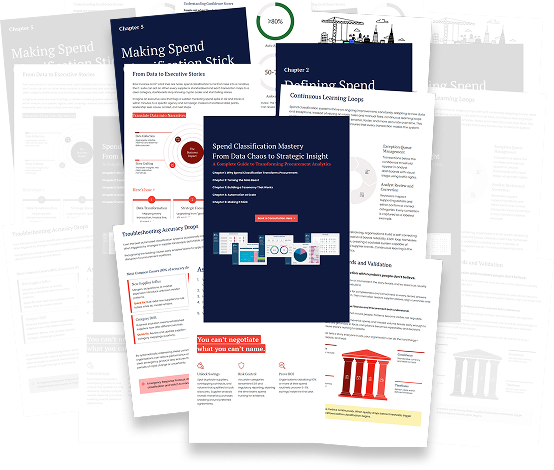What do you think of when you hear the phrase “workers in the gig economy”? Uber drivers? Freelancers working through apps like Fiverr and Airtasker? Maybe you’re old school and still think of “gigs” as something musicians perform.
Yet gig workers are everywhere, including in corporate boardrooms. Marketing consultants, data analytics consultants, individuals and companies are providing services not as employees but as external contractors. Indeed, the consultancy can extend to providing essential services to the business – for example, an insurance company hiring an underwriting analytics consultant instead of having one on staff.
These contingent workers and service providers are the new normal that we should embrace.
The good, the bad, the ugly of the gig economy
“Do what you do best and outsource the rest!”
This mantra is partially responsible for the increased reliance on the contingency worker. But there is more to the rise of the gig economy. By now, all of us have seen the graphs that show increasing productivity but stagnating wage growth, for which experts have forwarded many reasons.Given the rise of the gig economy, one reason for the stagnation might be that we have a labour market inefficiency.
Not too long ago, it was rare to see contingency work at white colour firms, especially in areas considered the core of the business. However, as technology has improved productivity, companies have found that work which once needed full-time attention now only requires part-time. Given that society at large still prefers nine to five, Monday to Friday work, thus making part-time roles unattractive, the solution is outsourcing.
Outsourcing has added benefits of trickling down talent. Once, top talent was locked away behind the doors of large enterprises. Now, even small business can get access to talent and expertise they previously could not. For many organisations, contingent workers are the fastest and most efficient way to augment their current workforce. Contingent workers are a great way to close skill gaps that organisations might identify.
The reality of (and for) contingent workers
However, from an employee perspective, contingent work might not hold the same attraction. A lot of costs such as superannuation, insurance and ongoing training are now the responsibility of the worker. As a result, not everybody is happy with the change.
Eventually, society will catch up to the shifts in work culture, which should result in more favourable working conditions for those in the gig economy. Until then, contingency workers need to plan their careers carefully and learn to negotiate to maximise their benefits.
Even from the perspective of the hiring organisation, contingent workers are not risk-free. Most companies seek to use contingents to supplement employee skillsets they may only need temporarily, or because they hope to gain benefits from niche or specialised skills. It might also be that permanent staff might be too hard to find for some roles.
But contingent workers have multiple clients, so your organisation may not be their top priority. There’re also the usual risks associated with outsourcing, such as data loss and other security risks. But with the right planning and vetting, we can mitigate the risks while reaping the rewards of a flexible workforce.
The future is contingent … on contingent workers
2020 has seen great upheaval in the world of work. We are likely to see an increase in contingency workers as organisations crave flexibility. Also, many organisations will need to change to survive, and so they will need access to skills they didn’t before. We should embrace the rise of the contingent workforce, reaping the benefits while mitigating the risks.
Comprara are leaders in fostering change and innovation. We understand that the biggest driver of value in any organisation is the personnel, so get in touch now, and make sure your team has all the bases covered.









